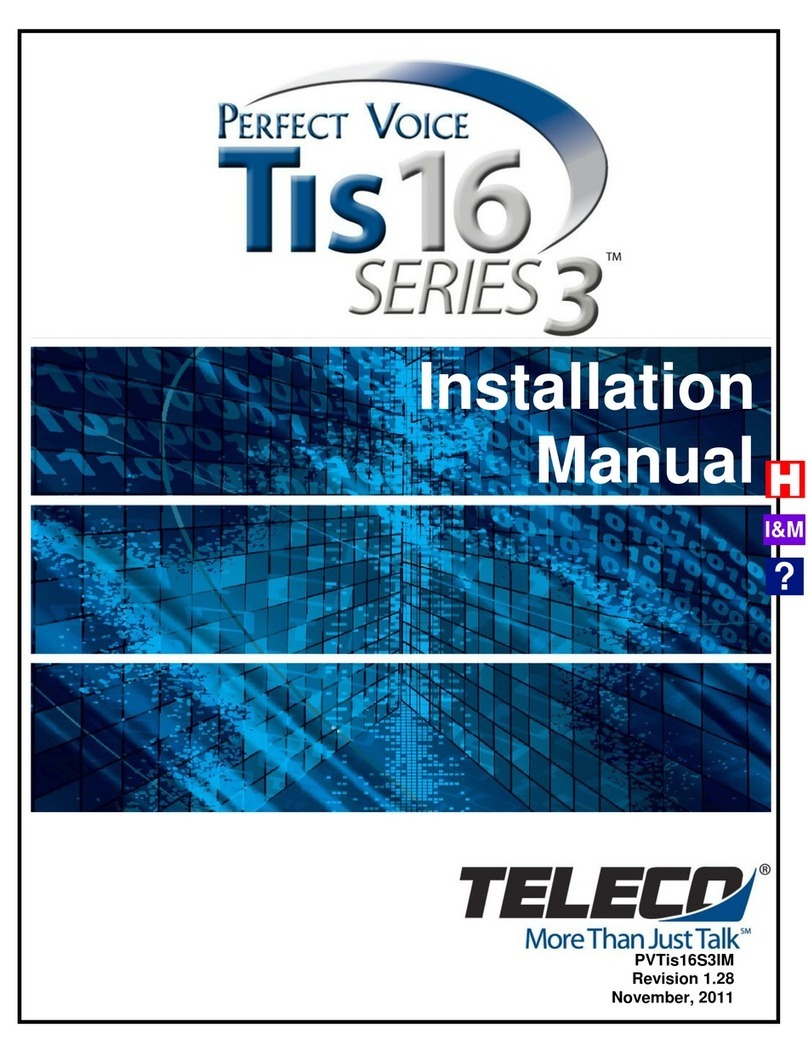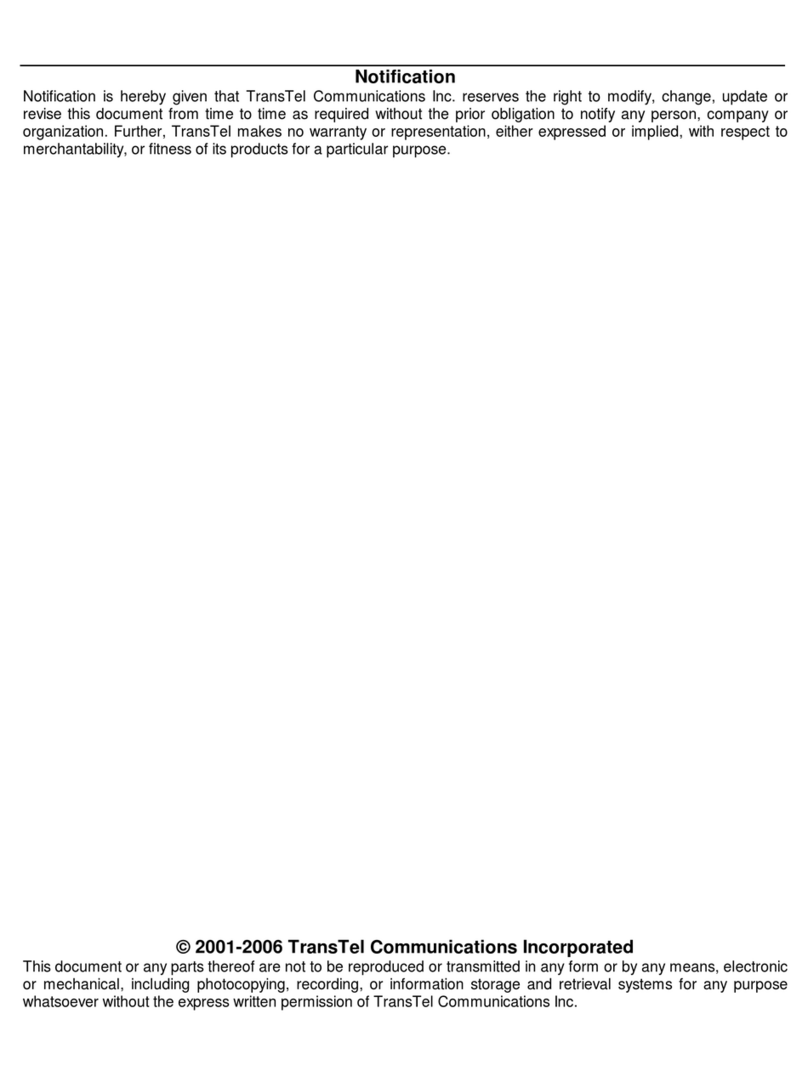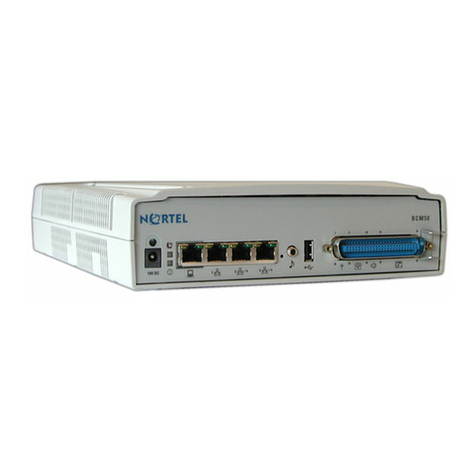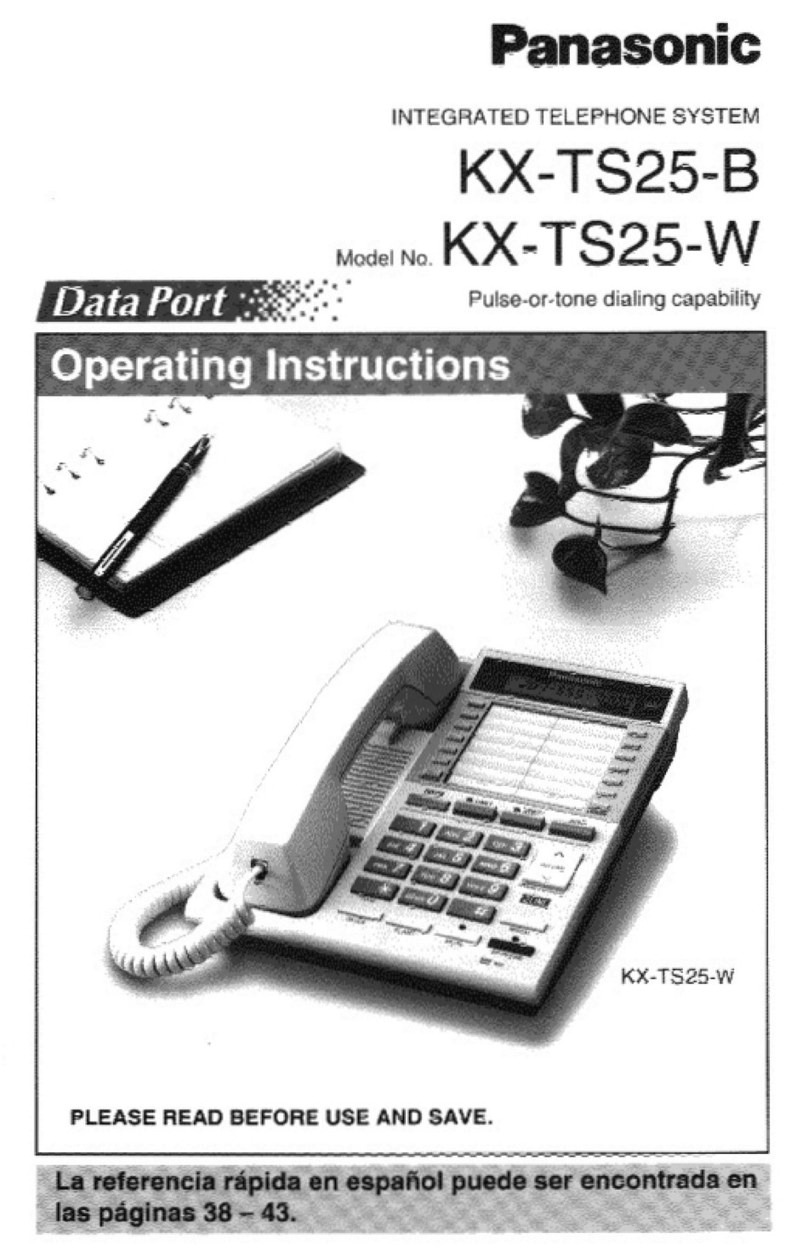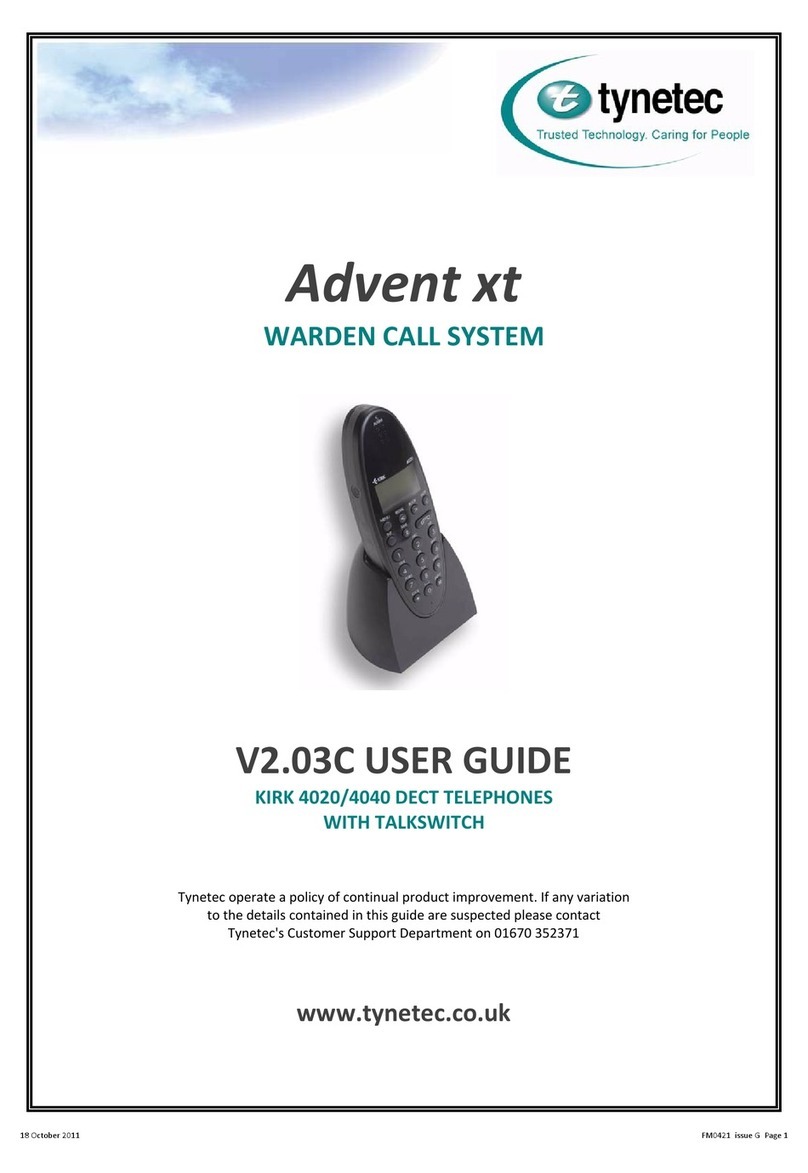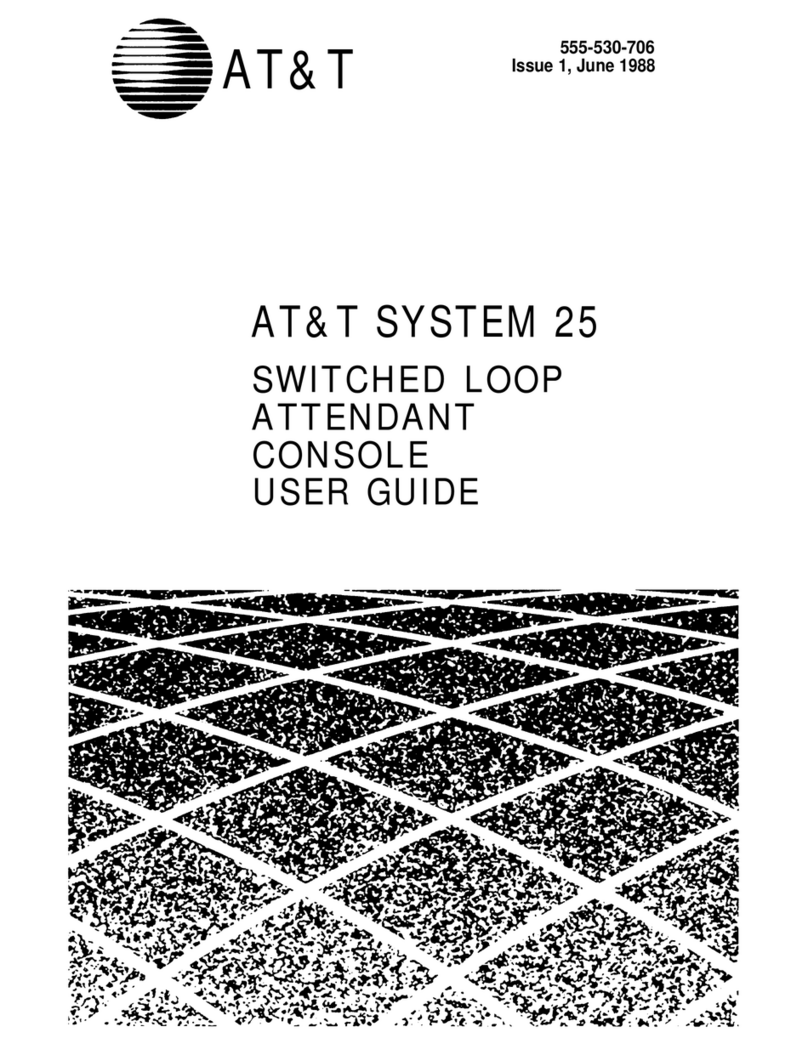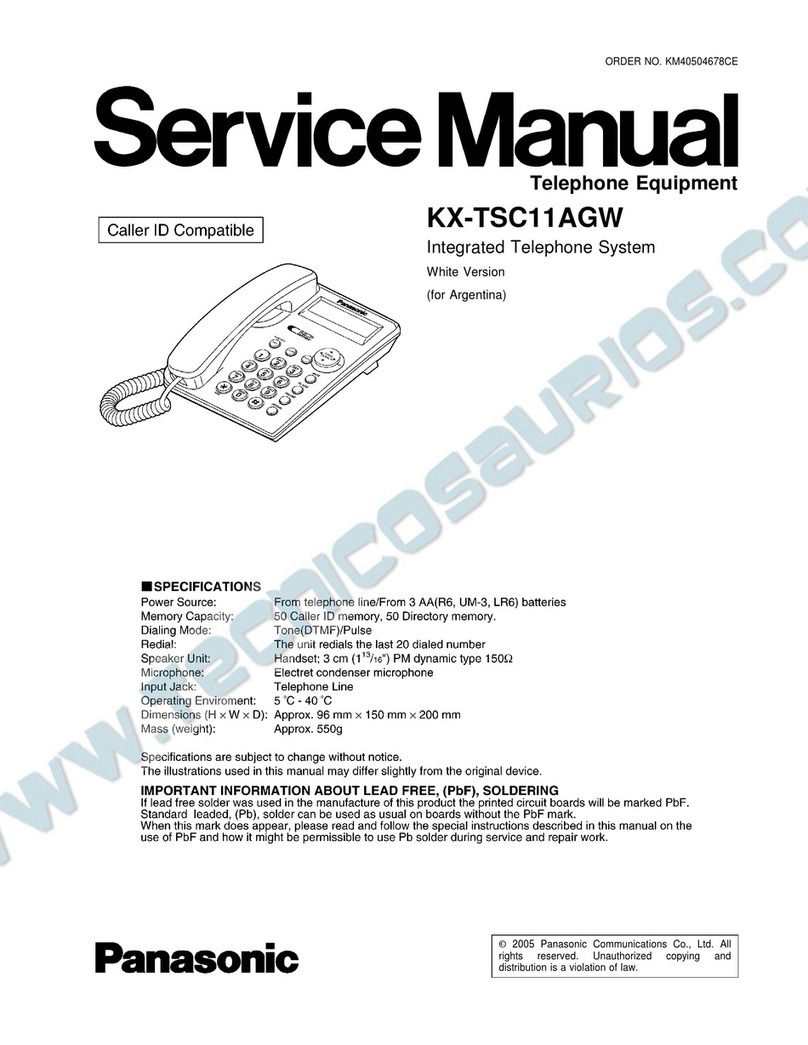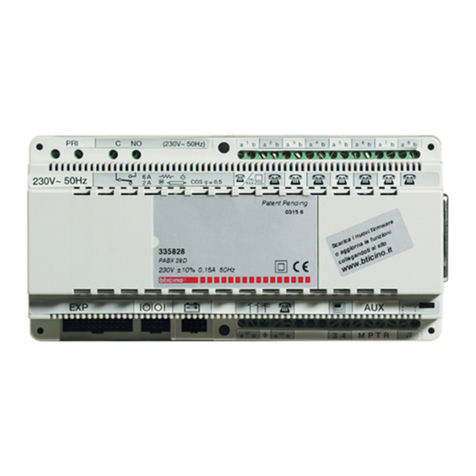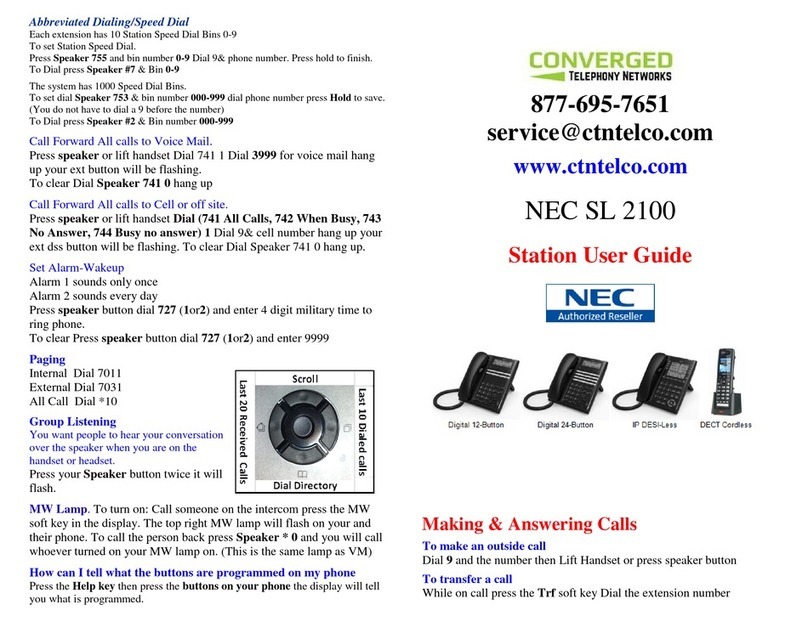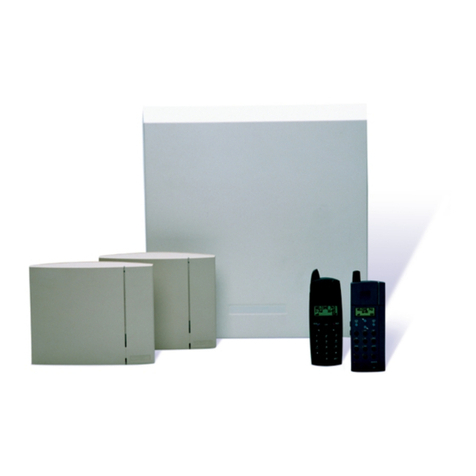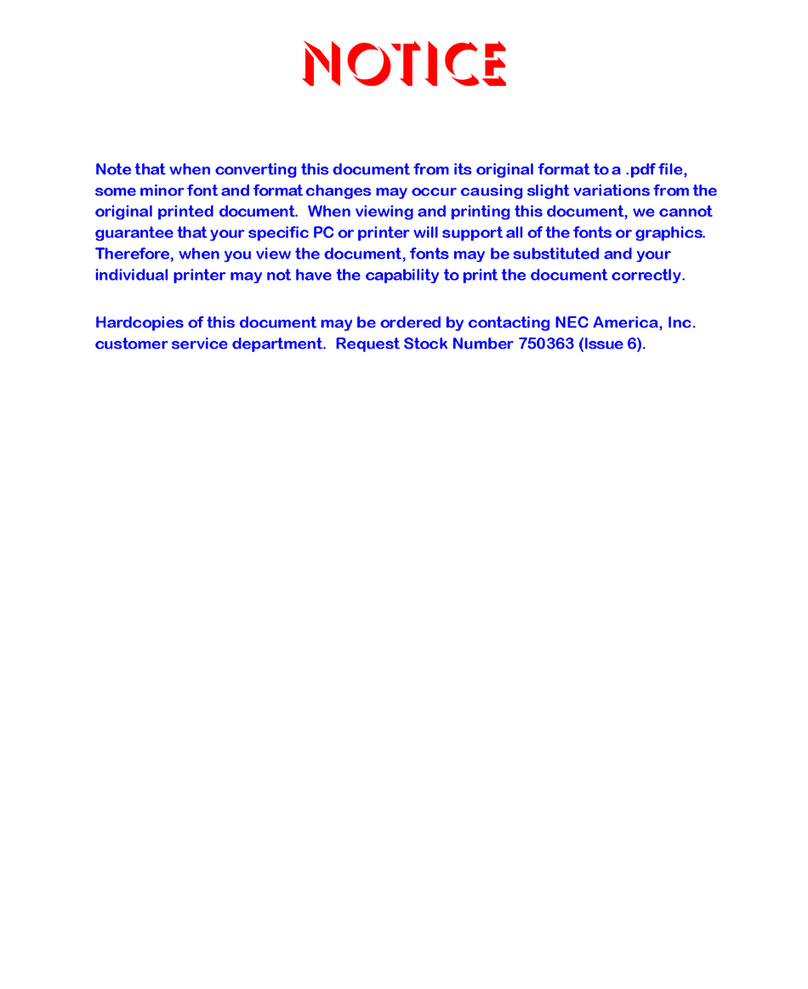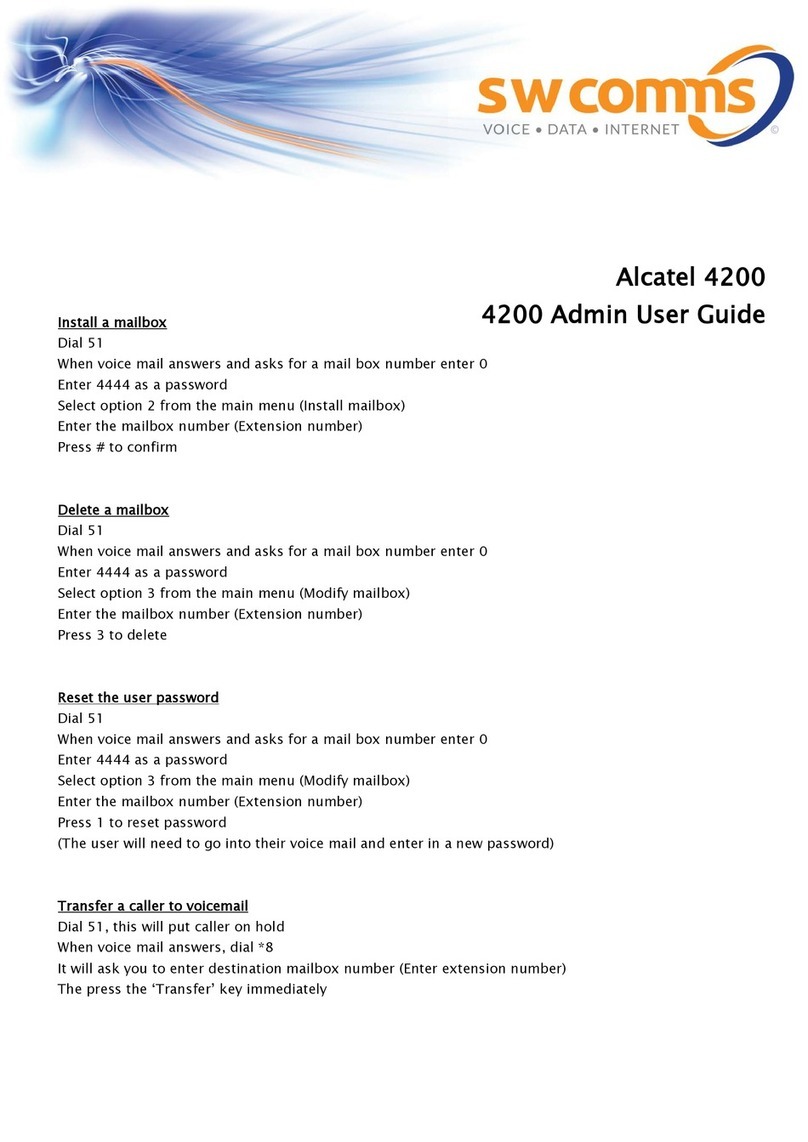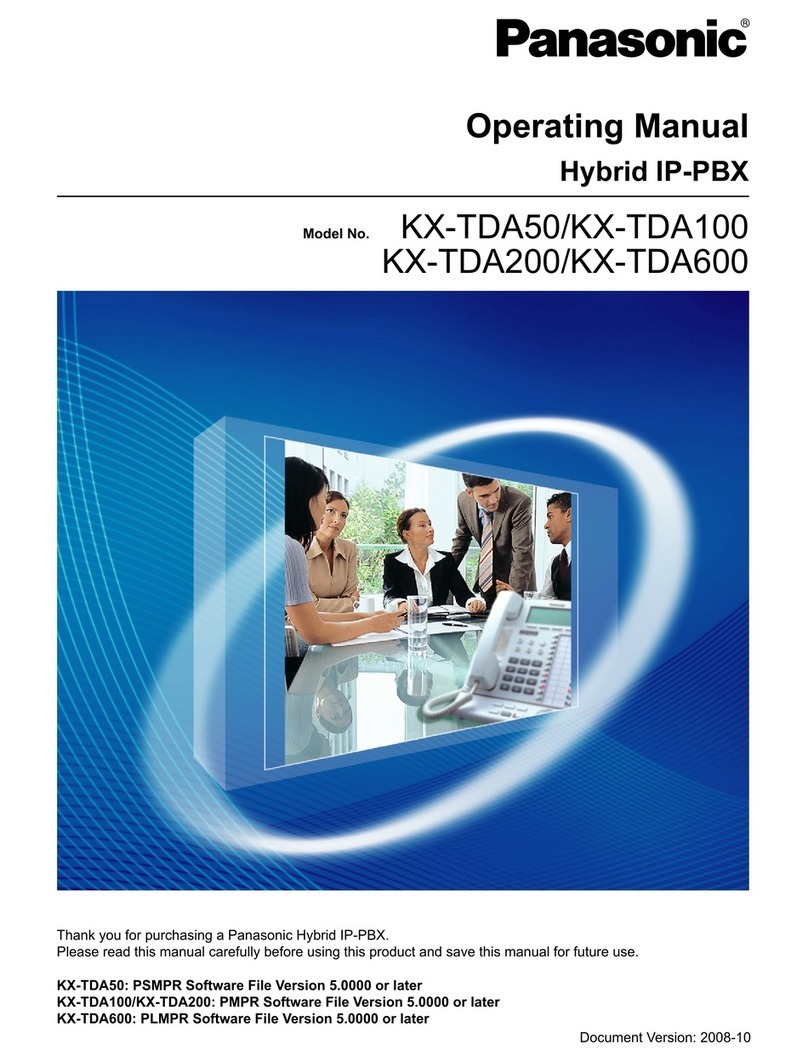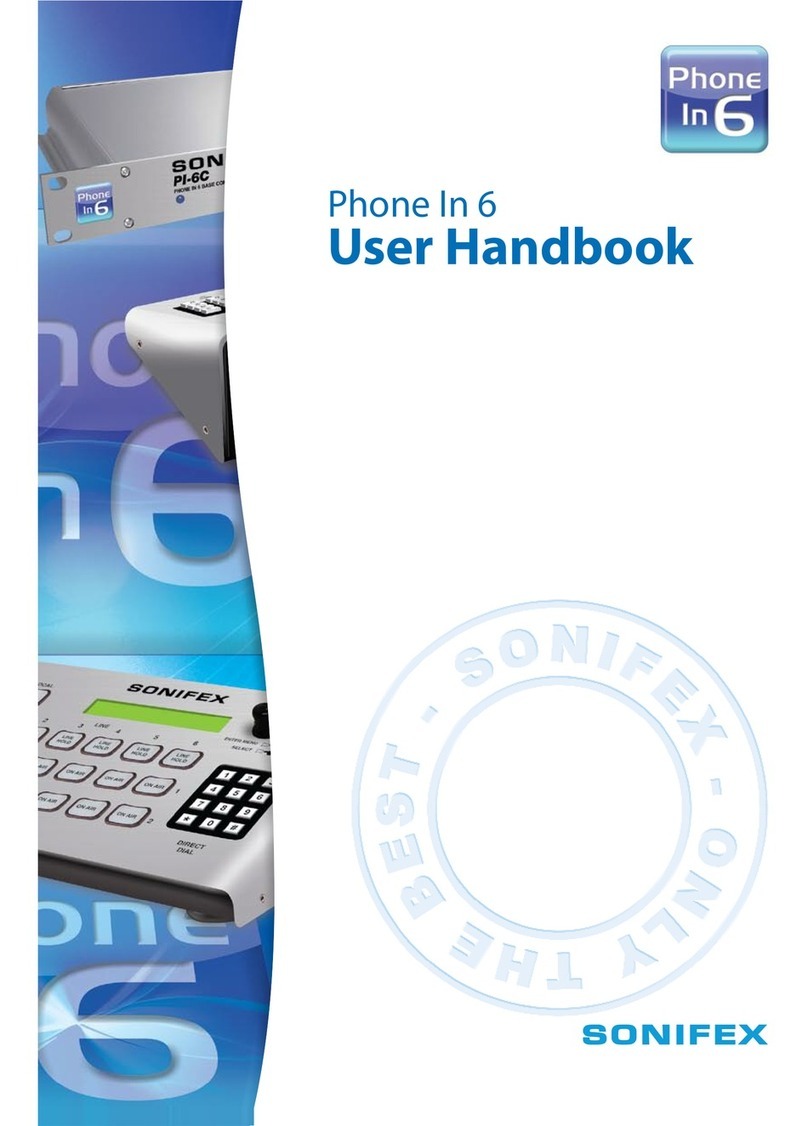Basic Operation
3
Key Descriptions
Number keypad. These keys are used for dialling and
entering codes as well as entering contact names for the
40 built-in speed dial entries. When connected to a call
they will send DTMF tones for using Teleservices.
The extension keys allow direct access to the first eight
extensions. The LED is lit when the extension is busy,
see page 6. Other keys may be re-programmed for the
extra four extensions found on the 612 system, page 21
gives details.
The three line keys show the status of the first three
external lines, if fitted. They may be pressed to connect
directly to the line. The LED is lit when the line is in use
or flashes when there is an incoming or held call on that
line. For the larger 612 system, extra keys may be
programmed to work with lines 4 to 6.
The pick-up key allows you to answer a call ringing at
another extension, see page 14.
The alarm key allows you to easily set a once only
Reminder call, see page 25.
The Do not Disturb key stops your extension from
ringing. Callers hear unobtainable/error tone. The LED
is lit when DND is active, see page 16.
The message key LED lights if you have been left a
message and the key allows you to see which extension
called.
The mute key stops a caller hearing your conversation
through the handset, headset or handsfree.
The hold key puts the current call into non-exclusive
hold, see page 20. In addition, pressing the hold key
while the phone is idle will display the extension
number.
The transfer key is used for transferring, conference and
brokerage calls. It is also used as the recall key for
teleservices, and to insert a recall into a speed dial or
programmable key sequence.
The conference key is used to quickly set up 3-way
conferences.
The prog key is used to program the programmable
to , &
